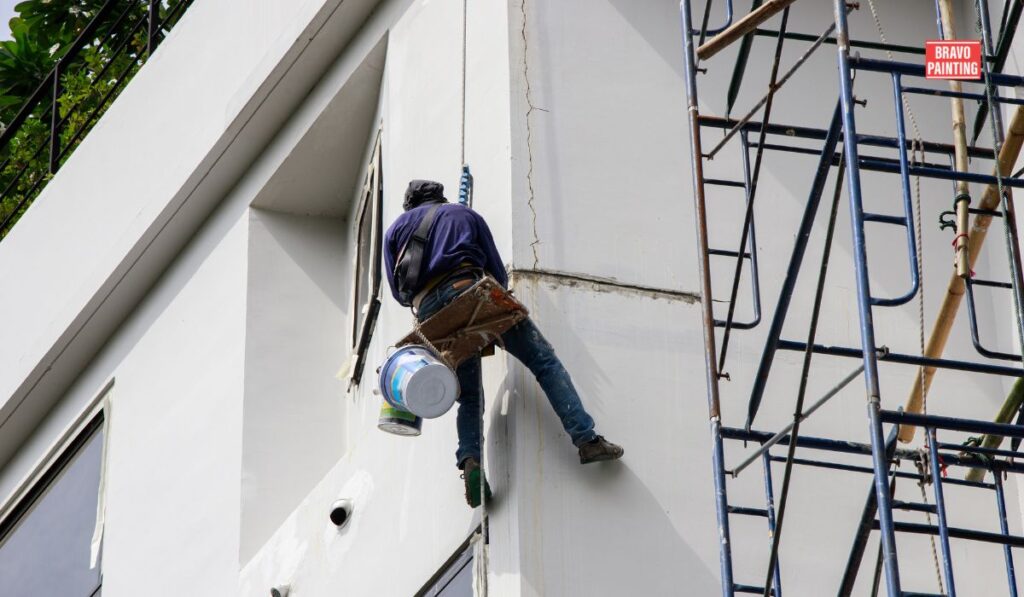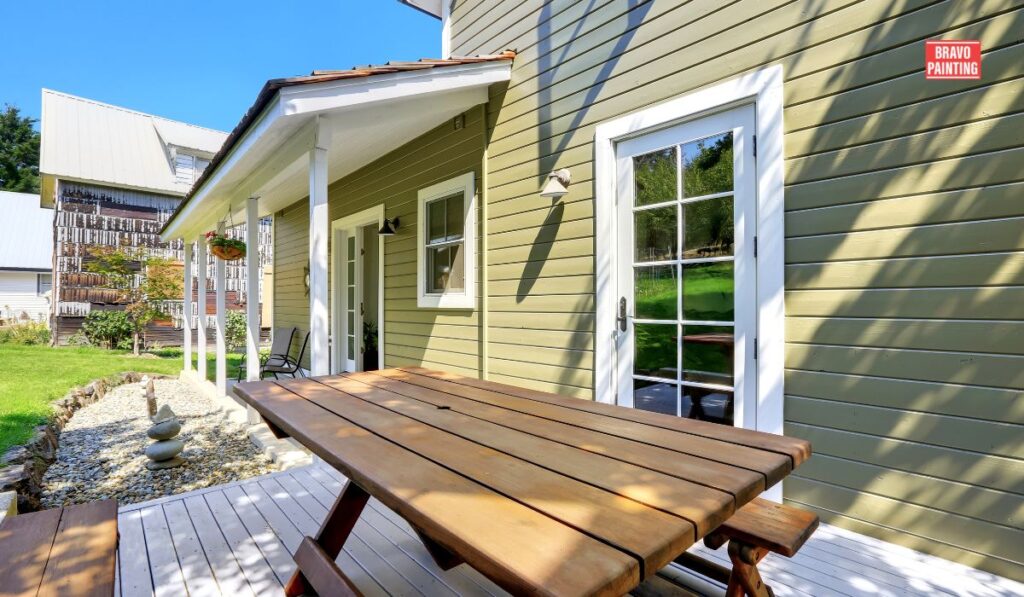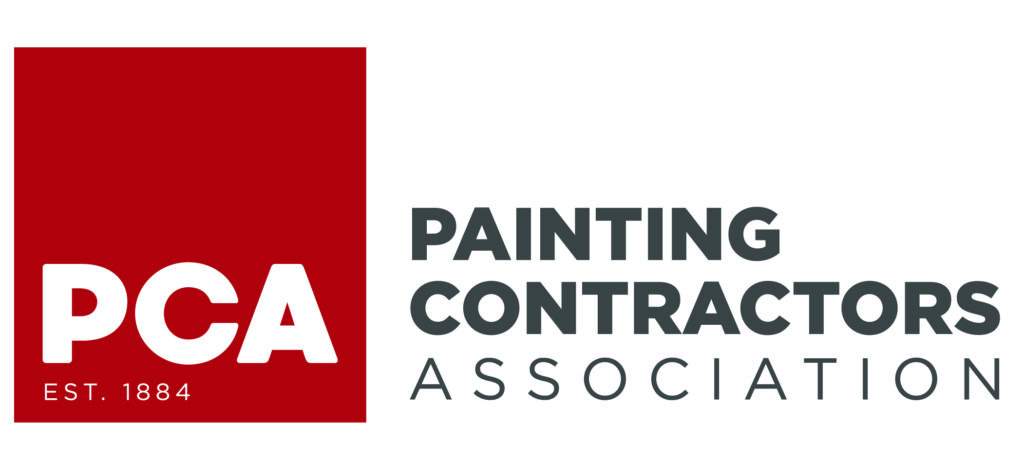A fresh coat of paint can revitalize the exterior of a commercial building and boost curb appeal.
However, proper preparation is key to ensuring a successful and long-lasting paint job before embarking on this transformative project.
In this guide, we’ll explore the essential steps to prepare your commercial building for exterior painting.
Assess the Current Condition:
Assessing the current condition of your commercial building’s exterior involves more than just a cursory glance.
Take the time to thoroughly inspect every inch of the façade, paying close attention to areas prone to wear and tear.
Start by examining the walls for any cracks or fissures that may have developed over time, as these can indicate underlying structural issues.
Additionally, inspect the paint for signs of peeling, flaking, or blistering, which can compromise the integrity of the surface and affect the adhesion of new paint layers.
Keep an eye out for mold or mildew growth, especially in areas with poor ventilation or excessive moisture, as these can not only detract from the aesthetics of your building but also pose health hazards to occupants.
By conducting a comprehensive assessment of your building’s exterior, you can identify any underlying issues that need to be addressed before proceeding with the painting project, ensuring a seamless and successful outcome.

Clean the Surface:
Ensuring a clean surface is paramount to achieving optimal paint adhesion and durability.
Begin by utilizing a pressure washer to thoroughly cleanse the exterior walls, effectively removing accumulated dirt, grime, and any loose paint.
Focus mainly on areas surrounding windows, doors, and trim, as these often harbor stubborn debris.
In cases of persistent stains or mold, employ a solution comprising water and mild detergent or a dedicated cleaner tailored to the specific surface material.
By meticulously cleansing the surface, you create an ideal canvas for the paint application, fostering enhanced longevity and a pristine finish.
Repair and Replace:
Once the initial cleaning is complete, conduct a thorough examination of the building’s exterior to identify any areas requiring repair.
Addressing these issues is crucial to ensure a flawless paint application and long-lasting results.
Begin by carefully inspecting the surface for cracks, holes, or other imperfections that may have been revealed during the cleaning process.
Utilize a high-quality filler to meticulously fill in any gaps or indentations, ensuring a level surface conducive to paint adhesion.
Additionally, take the time to smooth down rough surfaces through sanding, eliminating any unevenness that could mar the final finish.
Please pay particular attention to any sections of wood that may be rotten or damaged, as these can compromise the structural integrity of the building and detract from its overall appearance.
Promptly replace any compromised wood with new sound materials, ensuring seamless integration with the surrounding architecture.
Before proceeding with painting, it’s essential to verify that all surfaces are dehydrated to prevent moisture-related issues and guarantee optimal paint adhesion.
By diligently addressing repairs and replacements, you set the stage for a successful painting project that enhances both the aesthetic appeal and structural integrity of your commercial building.
Protect Surrounding Areas:
Prior to commencing the painting process, it’s imperative to safeguard surrounding areas and landscaping to prevent unintended damage.
Begin by meticulously covering windows, doors, and fixtures with plastic sheeting or painter’s tape to shield them from paint splatters and overspray.
Additionally, lay down durable drop cloths or tarps to protect sidewalks, landscaping, and other vulnerable surfaces from potential paint drips and spills.
Take care to secure these protective measures firmly in place to ensure comprehensive coverage and minimize the risk of accidental damage during the painting process.
By proactively protecting surrounding areas, you can maintain a clean and orderly work environment while preserving the integrity of adjacent surfaces and landscaping features.
Prime the Surface:
Priming the surface is a crucial step in the painting process, facilitating optimal paint adhesion and ensuring a smooth, uniform finish.
Selecting the appropriate primer for the specific surface material of your building—whether it’s wood, stucco, metal, or masonry—is essential to achieving the desired results.
Once you’ve chosen the suitable primer, apply it evenly across the surface using a high-quality brush or roller, adhering closely to the manufacturer’s instructions.
This uniform application helps to create a stable foundation for the subsequent layers of paint, enhancing their durability and overall aesthetic appeal.
By prioritizing proper priming, you can maximize the longevity and visual impact of your commercial building’s exterior paint job.
Select the Right Paint:
Choosing the right paint for your commercial building is a critical decision that can significantly impact its appearance and longevity.
When making your selection, prioritize factors such as durability, weather resistance, and color choice.
Invest in high-quality exterior paint specifically formulated for commercial applications, as it offers enhanced performance and longevity compared to standard paints.
Consider the climate and environmental conditions in your area, opting for a paint that can withstand exposure to harsh elements such as UV radiation, moisture, and temperature fluctuations.
Additionally, select colors that harmonize with the building’s architecture and complement the surrounding environment.
Whether you prefer timeless neutrals or bold accents, choose hues that enhance the aesthetic appeal of your commercial property while reflecting your brand identity.
By selecting the right paint, you can protect and improve the exterior of your building, leaving a lasting impression on visitors and passersby alike.
Apply the Paint:
Once the surface is prepped and primed, it’s time to apply the paint.
Use a high-quality paintbrush or roller for smooth and even coverage.
Work in small sections, starting from the top and working your way down.
Be mindful of weather conditions such as temperature and humidity, and avoid painting in extreme heat or cold.
Allow for Proper Drying:
After applying the paint, allow sufficient time for drying before exposing the surface to moisture or harsh weather conditions.

Follow the manufacturer’s recommended drying times, and avoid touching or disturbing the painted surface during this period.
Clean Up:
Once the painting is complete, properly dispose of any used materials and clean up the work area. Remove plastic sheeting, tape, and drop cloths, and store brushes, rollers, and paint cans properly. Proper cleanup not only maintains a tidy work environment but also ensures safety and prevents environmental damage.
Maintenance and Inspection:
Regular maintenance and inspections are essential to prolonging the life of your commercial building’s exterior paint.
Look for signs of wear and damage and address any issues promptly to prevent them from escalating.
Schedule periodic touch-ups or repainting as needed to keep your building looking its best.
Conclusion
Preparing your commercial building for exterior painting requires meticulous planning and attention to detail.
By assessing the current condition, cleaning the surface, repairing any damage, and taking measures to protect surrounding areas, you set the stage for a successful commercial exterior painting job that enhances both the appearance and durability of your property.
Remember to prime the surface thoroughly and select high-quality paint that is tailored to your building’s specific needs and aesthetic preferences.
If you’re ready to transform your commercial building with a professional paint job, contact us at Bravo Painting for expert assistance and exceptional results.
FAQs
Why is proper preparation essential before painting a commercial building’s exterior?
Proper preparation ensures a successful and long-lasting paint job by addressing underlying issues, creating an ideal surface for paint adhesion, and enhancing the overall aesthetic appeal.
How should I assess the current condition of my commercial building’s exterior?
Thoroughly inspect the façade for cracks, paint damage, mold, and mildew, paying attention to areas prone to wear and tear. Identifying these issues early helps in planning necessary repairs and treatments.
What is the best way to clean the surface before painting?
Use a pressure washer to effectively remove dirt, grime, and loose paint. For stubborn stains or mold, use a solution of water and mild detergent or a specialized cleaner tailored to the surface material.
What steps should be taken to repair and replace damaged areas?
Fill in cracks and holes with high-quality filler, sand rough surfaces, and replace any rotten or damaged wood with new materials. To prevent moisture-related issues, ensure all surfaces are completely dry before proceeding with painting.
How can I protect surrounding areas during the painting process?
Cover windows, doors, and fixtures with plastic sheeting or painter’s tape, and lay down drop cloths or tarps to shield landscaping and other vulnerable surfaces from paint drips and spills.
Why is priming the surface necessary before painting?
Priming creates a stable foundation for paint adhesion, enhances durability, and ensures a smooth, uniform finish. Choose the appropriate primer for the surface material and follow the manufacturer’s instructions for application.
What factors should I consider when selecting paint for my commercial building?
Prioritize factors such as durability, weather resistance, and color choice. Invest in high-quality exterior paint formulated for commercial applications and consider the climate and architectural style of the building.
How should I apply the paint for optimal results?
Use high-quality brushes or rollers for smooth and even coverage, working in small sections from top to bottom. Consider weather conditions and avoid painting in extreme heat or cold.
How long should I allow the paint to dry before exposing the surface to moisture or harsh weather conditions?
To ensure proper curing, follow the manufacturer’s recommended drying times and avoid touching or disturbing the painted surface during this period.
What steps should I take for cleanup after the painting is complete?
Dispose of used materials properly, remove protective coverings, and store tools and paint cans appropriately. Proper cleanup maintains a tidy work environment and prevents environmental damage.



